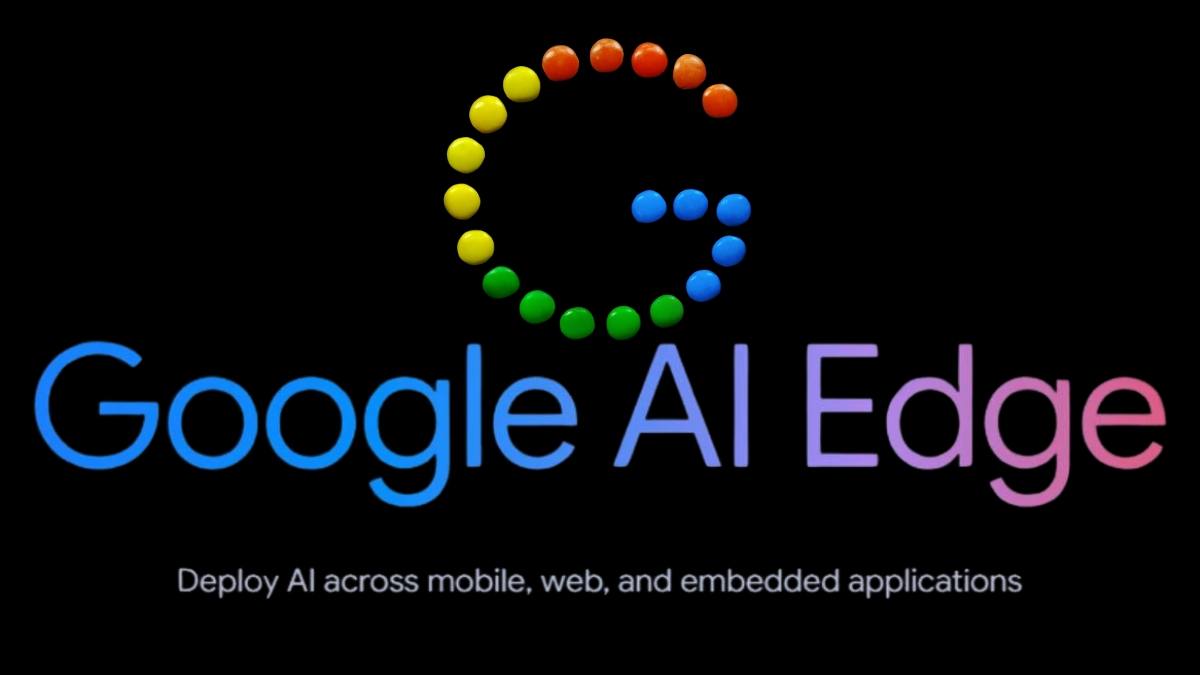Google’s AI Edge Gallery: Pioneering Offline AI Capabilities on Smartphones
In a significant stride towards decentralised artificial intelligence (AI), Google has unveiled the AI Edge Gallery—a groundbreaking application that empowers Android users to run sophisticated AI models directly on their devices without the need for an internet connection. This development not only enhances user privacy but also ensures faster and more reliable AI interactions.
Revolutionising On-Device AI
The AI Edge Gallery is designed to bring powerful AI functionalities to users’ fingertips. By enabling AI models to operate locally on smartphones, users can perform tasks such as image generation, code writing, and intelligent querying without relying on cloud-based services. This shift addresses common concerns related to data privacy and latency, offering a more secure and efficient user experience.(ai.google.dev)
At the heart of this innovation is Google’s lightweight language model, Gemma 3 1B. Despite its compact size of 529MB, Gemma 3 1B is capable of processing up to 2,585 tokens per second, facilitating rapid text generation and seamless interactions . This efficiency ensures that users can engage with AI-driven features swiftly, even without internet connectivity.(developers.googleblog.com)
Technical Foundations: LiteRT and MediaPipe
The AI Edge Gallery leverages Google’s AI Edge platform, incorporating technologies like LiteRT (formerly TensorFlow Lite) and MediaPipe. LiteRT is optimised for on-device machine learning, addressing key constraints such as latency, privacy, connectivity, size, and power consumption . MediaPipe, on the other hand, provides a framework for building perception pipelines, enabling real-time processing of visual and audio data .(infoworld.com, ai.google.dev, arxiv.org)
By utilising these technologies, the AI Edge Gallery ensures that AI models run efficiently across a wide range of devices, including those with modest hardware capabilities. This inclusivity broadens the reach of advanced AI functionalities, making them accessible to a larger user base.
Integration with Hugging Face Models
The application integrates models from Hugging Face, a renowned platform for open-source AI models. This collaboration allows users to access a diverse array of AI models tailored for various tasks, including text summarisation, image analysis, and code generation . The flexibility to import local model files further enhances the app’s versatility, catering to both casual users and developers seeking customised AI solutions.(opentools.ai, venturebeat.com, gadgets360.com)
User Interface and Features
The AI Edge Gallery boasts a user-friendly interface, featuring tools like AI Chat and Ask Image for intuitive access to AI functionalities. The Prompt Lab allows users to experiment with short, single-turn prompts, offering preset templates and settings to customise model responses . This design ensures that users, regardless of technical expertise, can effectively harness the power of AI on their devices.
Open-Source Commitment and Developer Engagement
Released as an experimental Alpha version, the AI Edge Gallery is open-source under the Apache 2.0 licence . This licensing encourages developers to explore, modify, and integrate the application into their own projects, fostering a collaborative environment for innovation. Google’s invitation for community feedback underscores its commitment to refining the app based on user experiences and needs.(opentools.ai)
Performance Considerations and Device Compatibility
While the AI Edge Gallery is designed to function across various devices, performance may vary depending on hardware specifications. Devices equipped with advanced CPUs and GPUs will experience optimal performance, especially when running larger AI models. However, the app’s architecture ensures that even mid-range devices can effectively utilise lighter models, maintaining a balance between accessibility and functionality .
Future Prospects and Expansion
Currently available for Android, an iOS version of the AI Edge Gallery is reportedly in development . This expansion aims to extend the benefits of on-device AI to a broader audience. Furthermore, the app’s open-source nature paves the way for continuous enhancements, driven by community contributions and evolving technological advancements.(opentools.ai)
Conclusion
Google’s AI Edge Gallery marks a significant milestone in the evolution of artificial intelligence, shifting the paradigm from cloud-dependent services to robust, on-device capabilities. By prioritising user privacy, reducing latency, and promoting inclusivity through open-source collaboration, the application sets a new standard for AI accessibility and performance. As technology continues to advance, the AI Edge Gallery exemplifies the potential of integrating powerful AI tools seamlessly into our everyday devices.
References:
- Google Developers Blog: Gemma 3 on mobile and web with Google AI Edge
- InfoWorld: Google’s AI Edge Gallery will let developers deploy offline AI models
- GitHub: google-ai-edge/gallery
- Economic Times: Google lets Android phones run AI models without internet
- Gadgets 360: Google AI Edge Gallery App That Can Run AI Models Locally Released on Android(developers.googleblog.com, infoworld.com, github.com, economictimes.indiatimes.com, gadgets360.com)
